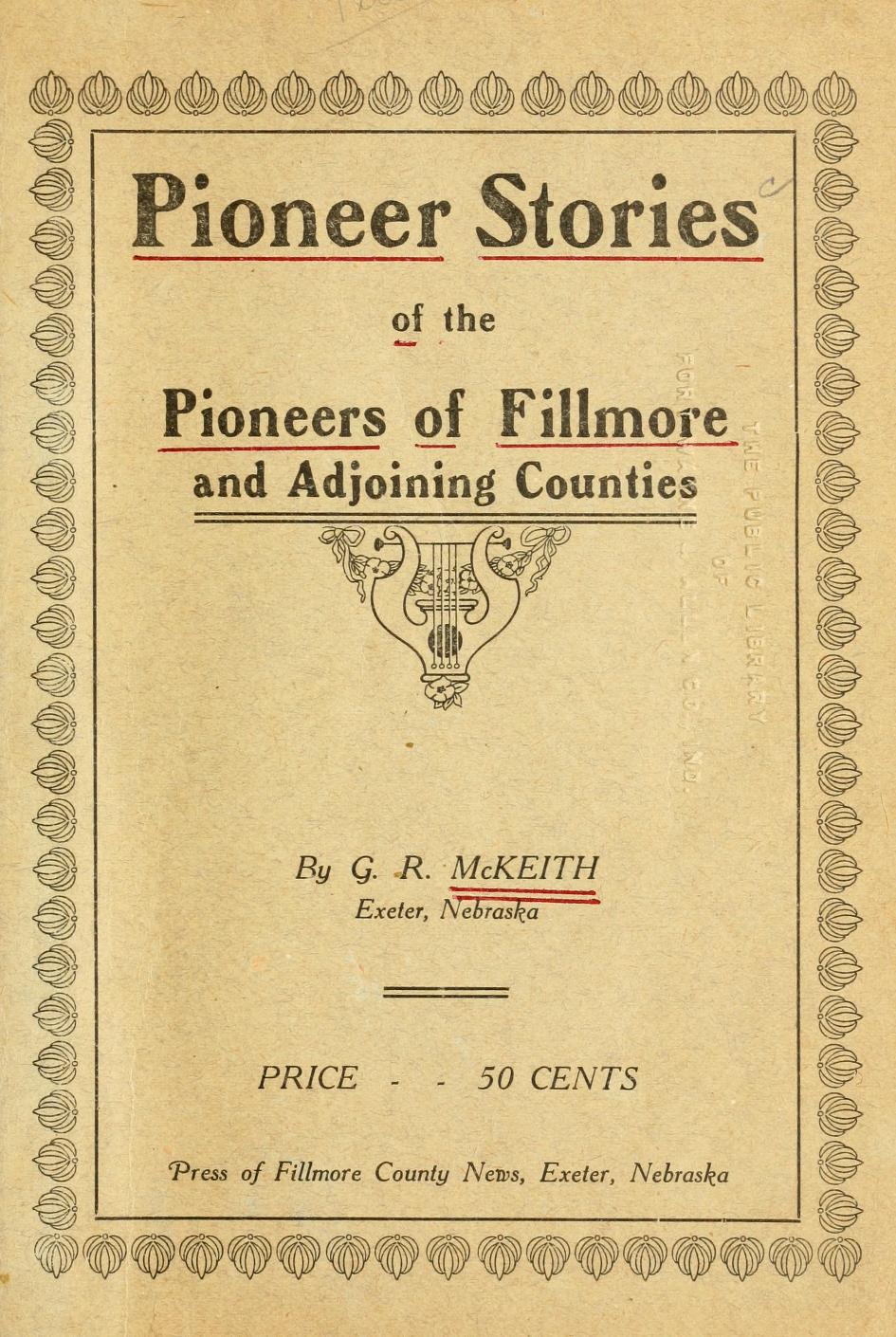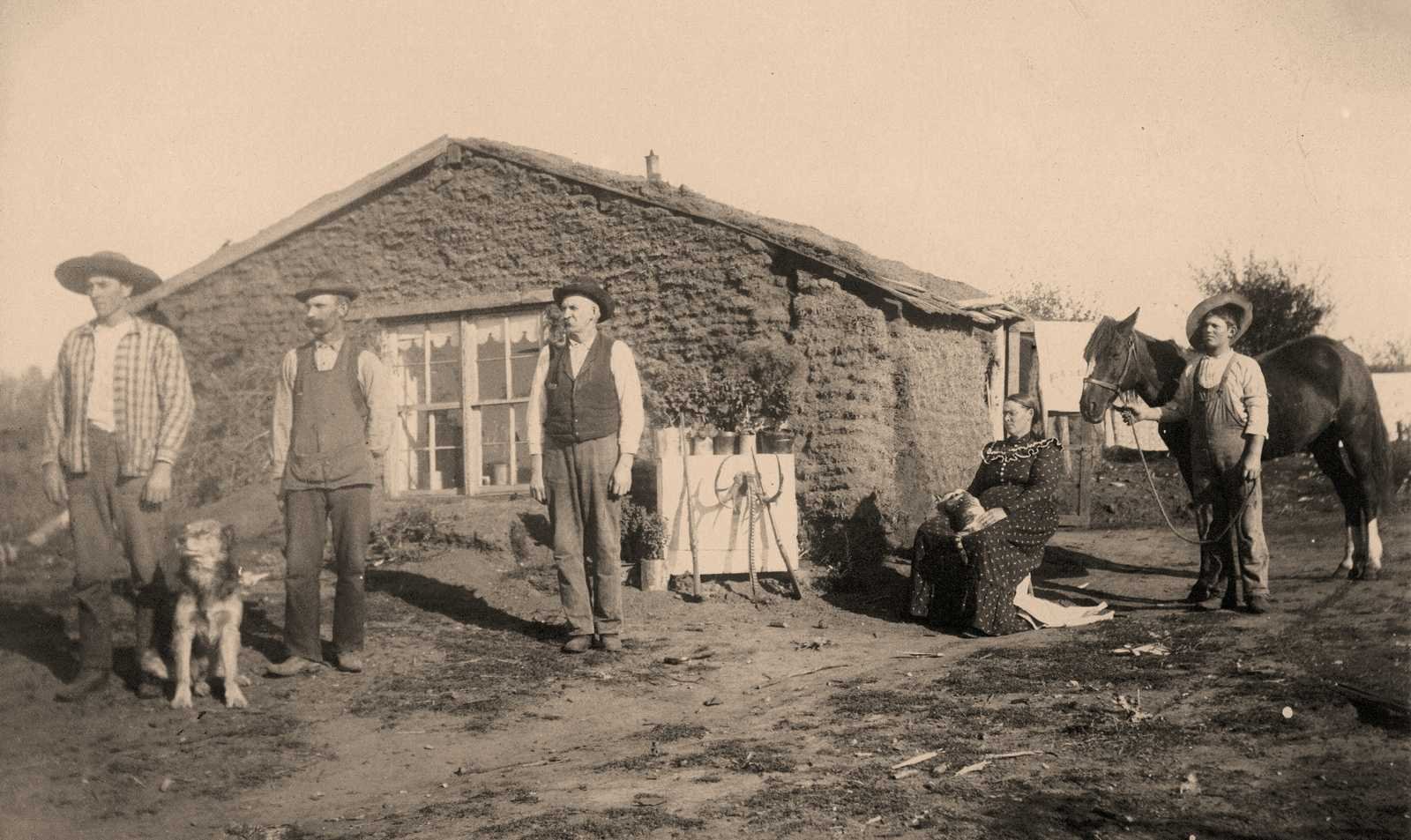Biography of W. B. Graul
W. B. Graul came from Pennsylvania to Nebraska with his father; Levi Joseph Graul arrived at Milford, April 1, 1871. They settled on a farm one and a half miles north west of Goehner, in Seward County, where the mother still lives; the father was killed by lightning on May 19, 1897. Their first night in Nebraska was spent in visiting with William Bivens, the wind that evening was so strong that it upset their wagon. When the father commenced farming he had only a team of horses and five dollars, so he rented a small house; which was guaranteed … Read more



